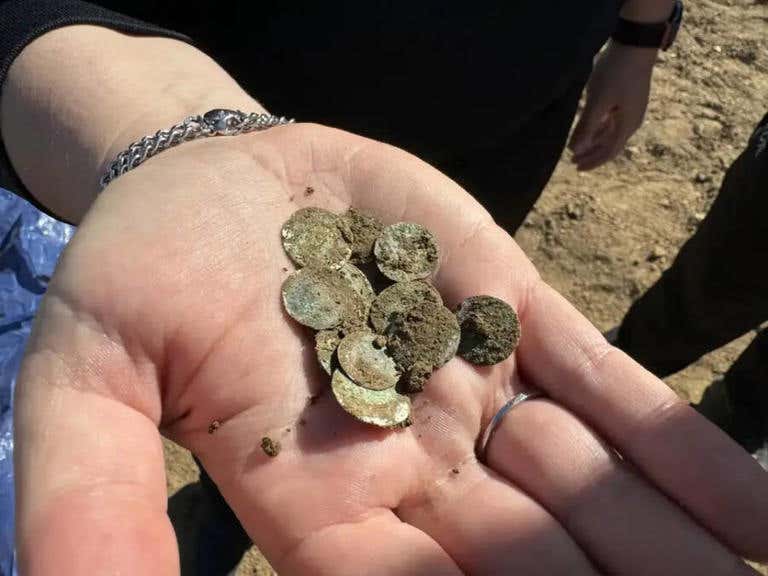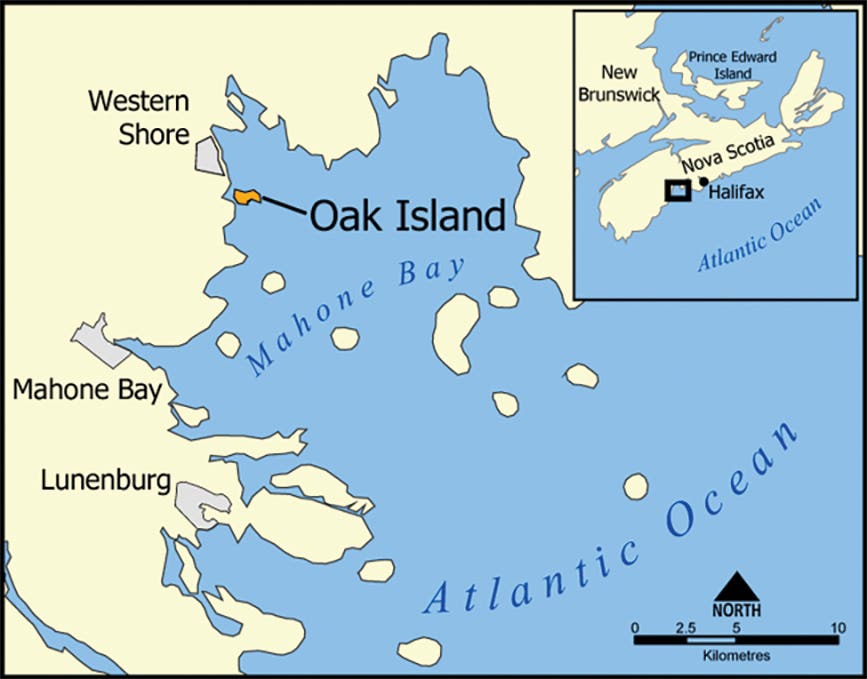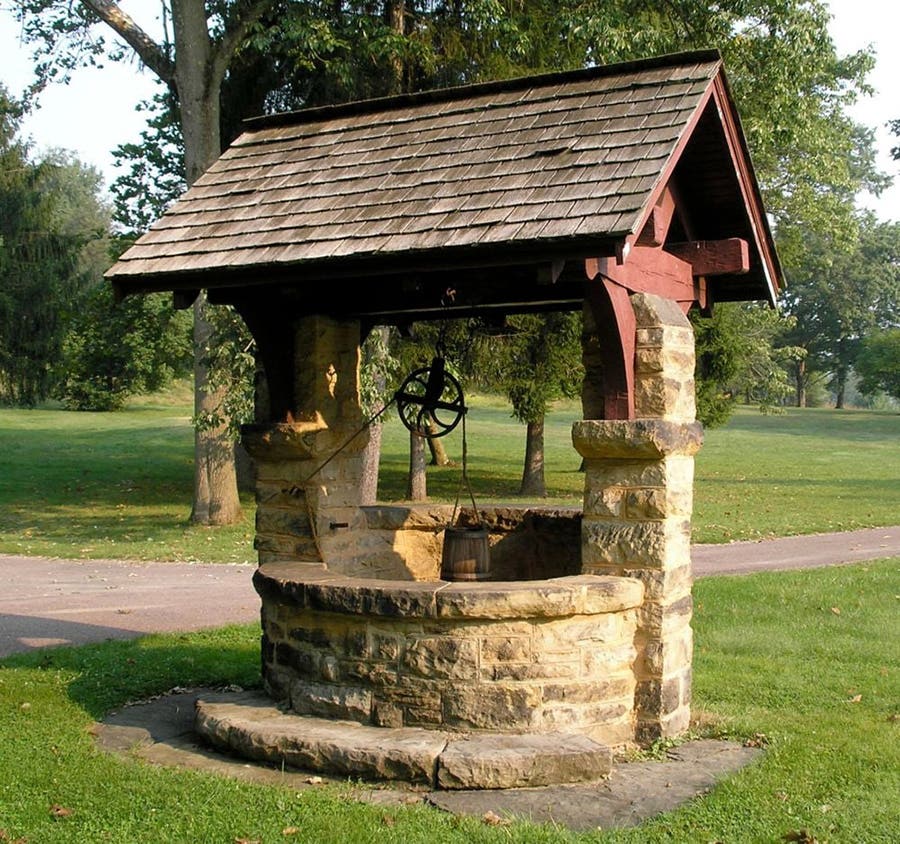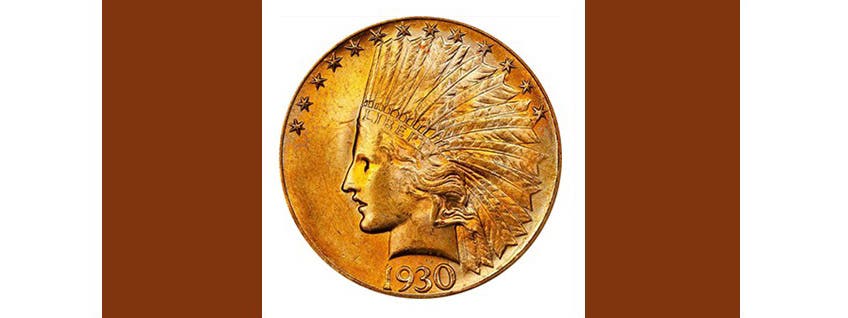1918-S one of best Buffalo branch-mint nickels
The 1918-S Buffalo nickel is one of the best of a very good group that is many times overlooked. At a price of $13,250 today in MS-65 condition, it certainly…
The 1918-S Buffalo nickel is one of the best of a very good group that is many times overlooked. At a price of $13,250 today in MS-65 condition, it certainly is one of the best of the branch-mint nickels from the teens and 1920s.
There are a lot of factors determining that MS-65 price, as well as some interesting prices in other grades. The 1918-S did not follow perfectly the pattern for Buffalo nickels at the time of issue.
It starts in lower grades. As most readers know, the Buffalo nickel reverse design was changed during its first year of production to place the bison on a flat line rather than a mound. The lettering “FIVE CENTS,” which had been on the mound and was therefore the highest part of the design, could easily became worn and possibly disappear.
Interestingly enough, there did not seem to be similar concern when it came to the date, which was the highest part of the obverse design. Perhaps this is due to the gold plating of early Liberty Head nickels, which were then used as $5 gold pieces. The denomination was therefore important on a nickel, but the date was not.
We may not know that for sure, but we do know the results. As the highest part of the obverse design, the date started to wear off very quickly. Although it could be restored by etching acid, the fact remains that those coins were little more than fillers for many years, so finding even a G-4 example of some dates is a challenge.
The line-type San Francisco and Denver Buffalo nickels are very expensive considering their mintages. A host of other dates are also fairly expensive, but the 1918-S strangely is not. With a mintage of 4,882,000, it currently lists for $13 in G-4. The line-type 1913-D had a mintage of 4,156,000, yet it is $195 in G-4. The 1918-S appears to not have had as many coins lose the date as other years. There is no strong reason for that except less wear.
It’s fair to suggest that there was no real saving of Mint State Buffalo nickels at the time. Perhaps people put aside a few extra examples of the first 1913 coins, but very few of the dates that followed. Collectors acquired coins by date, so someone needing a 1918 probably got a Philadelphia example, as it had a mintage of more than 32 million. The 1918-S was not a likely option for anyone not living in San Francisco.
This situation probably explains why the 1918-S is currently priced at $455 in MS-60. While it is not the key Buffalo nickel date in MS-60, it is far tougher and more costly than you would expect based on its mintage. In fact, it is priced higher than a lot of lower-mintage dates such as the line-type 1913-D, 1914-S and 1914-D.
Considering its $13,250 price in MS-65, it’s safe to say that the 1918-S is in some very elite company. The Numismatic Guaranty Corporation has graded 390 examples, with only 18 in MS-65 or better. At the Professional Coin Grading Service, the total stands at 471, with only 40 in MS-65 or better and a single example called MS-66.
These small numbers prove the lack of saving and also the lack of quality, as the branch-mint Buffalo nickels of the period were many times poorly struck.
The 1918-S is seemingly more available than you would expect in lower grades, tougher than you would expect in Mint State, and simply rare in the highest of grades. That’s a very unusual combination, making it a very interesting coin. It is also likely to continue rising in price, as there simply is no supply.
This article was originally printed in Numismatic News. >> Subscribe today.
More Collecting Resources
• Subscribe to our monthly Coins magazine - a great resource for any collector!
• If you enjoy reading about what inspires coin designs, you'll want to check out Fascinating Facts, Mysteries & Myths about U.S. Coins.








